Riffa Fort
Riffa Fort is a large fortress in the city of Riffa in Bahrain. It was built during the reign of Sheikh Salman bin Ahmed Al-Fateh Al Khalifa in 1812.

The Riffa fort is located near the Hunanaiya valley, 20 km from Manama. Entrance to the fort is free.
History of Riffa Fort
Welcome to Shaikh Salman bin Ahmed Al Fateh Fort, also known as Riffa Fort or Qal’at ar-Riffa, located in the eastern part of the city of Riffa in Bahrain.
Perched on a cliff, the fort offers commanding views over the desert valley that stretches between the old town of East Riffa and the newer West Riffa.
The origins of this fort date back to the 17th century, with the first fortification likely constructed during that time. According to historical records, a British commander visited the fort and documented his experience of entering through a tunnel to sign a treaty with the local ruler in an underground chamber, though neither the tunnel nor the chamber has been located.
In the early 18th century, Fareer bin Rahhal built a fort here, which eventually fell into ruin over the years. Shaikh Salman bin Ahmed Al Fateh of the Al Khalifa family chose Riffa as his residence and reconstructed the fort in 1812, utilizing the old foundations.
Distinguished from other forts in Bahrain, Shaikh Salman bin Ahmed Al Fateh Fort served not only as a defensive structure but also as the residence of the ruling Al Khalifa family. It holds historical significance as the birthplace of Shaikh Isa bin Ali Al Khalifa, the Bahraini ruler, in 1848. In the early 20th century, Shaikh Humood bin Subah Al Khalifa undertook renovations to parts of the fort during his residence.
By the end of the 20th century, the fort had fallen into disrepair. However, it underwent extensive restoration and was reopened to visitors. The fort features a square ground plan with two circular and two rectangular towers at its corners, with the northeastern tower serving as the gate tower. The interior comprises three courtyards.
Today, Shaikh Salman bin Ahmed Al Fateh Fort stands as a popular tourist attraction. Visitors can freely explore the fort during the daytime, while the museum housed within requires a ticket for entry. The museum showcases architectural details crafted from gypsum, offering insight into the fort’s rich history and cultural significance.
















